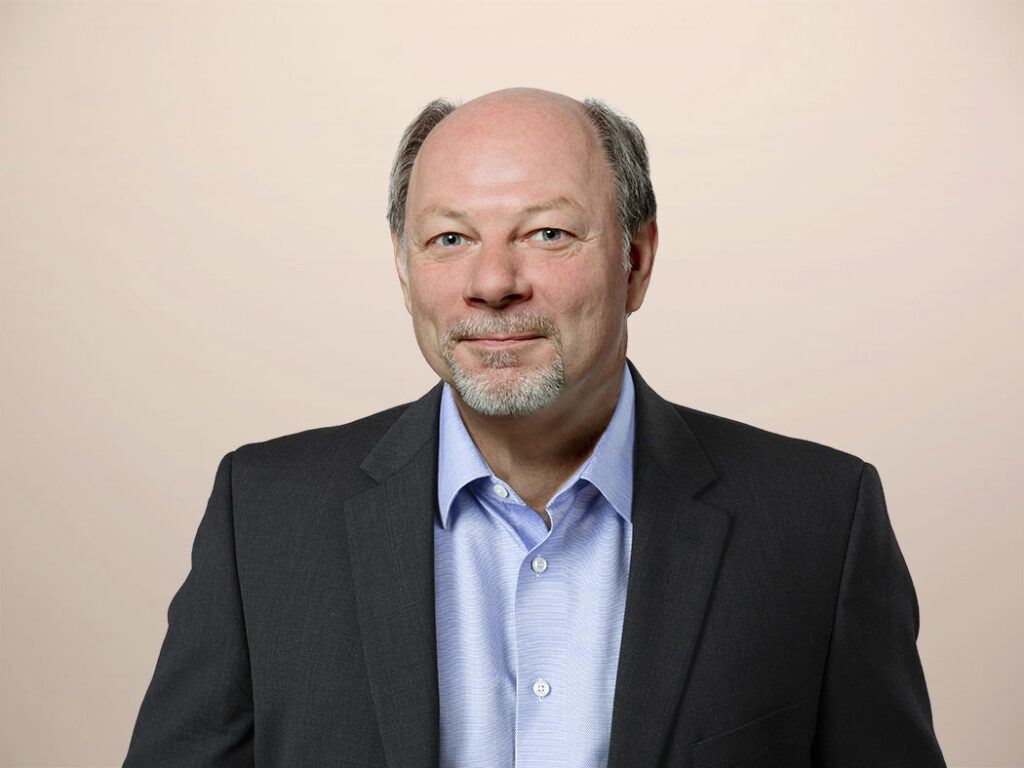Five Innovative Organizational Concepts Can Help Tech Execs Become Future Fit By Design
Changing business landscapes have prompted IT organizations to explore creative and innovative ways of structuring their business and operating models. Five key organizational concepts have emerged as particularly promising approaches:
- Fractal organization. A fractal organization is a structure in which the same patterns and processes are repeated across different levels, creating a self-similar and self-organizing system. This allows for greater efficiency, consistency, and adaptability.
- Distributed autonomous organization (DAO). A DAO uses blockchain and smart contracts to enable decentralized decision-making and governance. Decisions are made by consensus among members of the organization. The result is a greater sense of transparency, trust, and autonomy.
- Ecosystem organization. In an ecosystem organization, different organizations and stakeholders within a market or industry collaborate and depend on one another. In this way, environmental changes can be accommodated with greater flexibility and innovation.
- Boundaryless organization. Traditional barriers and hierarchies are eliminated in a boundaryless organization, allowing for more flexible and collaborative work arrangements between departments and teams. In this way, creativity, diversity, and cross-functional problem-solving can be enhanced.
- Adaptive organization. An adaptive organization responds to changing market conditions, customer needs, and technological advancements through agility and responsiveness. It prioritizes continuous learning, experimentation, and innovation to stay competitive and relevant in a rapidly evolving business environment. As a result, resilience, creativity, and growth are enhanced.
Despite their distinct characteristics, these five concepts have similarities that make them particularly useful for tech executives who want to transform their organizations into future fit IT operations. These organizational concepts have the following characteristics in common:
- Decentralization. All concepts involve decentralization, whether through self-organization, distributed decision-making, or stakeholder collaboration.
- Flexibility and adaptability. Each concept emphasizes the importance of adapting to environmental changes, whether through modular design, an emergent structure, or agile processes.
- Collaboration and interdependence. Collaboration and interdependence among stakeholders are essential in all concepts, whether through self-similarity in fractal organizations, shared resources in ecosystem organizations, or interdisciplinary teams in boundaryless and adaptive organizations.
- Emphasis on innovation. All the concepts prioritize innovation and creativity, whether it be through co-creation in ecosystem organizations, data-driven decision-making in adaptive organizations, or autonomous operations in DAOs.
- Use of technology. Technology plays a significant role in each of the concepts, whether it be through blockchain-based infrastructure in DAOs, open innovation platforms in ecosystem organizations, or agile project management tools in adaptive organizations.
Technology executives can explore more creative and innovative ways to structure their IT operating models by focusing on these shared characteristics. Ultimately, their goal is to become an adaptive, creative, and resilient organization ready for the future.
How are you transforming your IT operating model? Have you considered these concepts or concepts like them? If you are interested in being interviewed as part of our research, please don’t hesitate to contact me on LinkedIn. When published, we’ll share our findings with you to show appreciation for your input.
